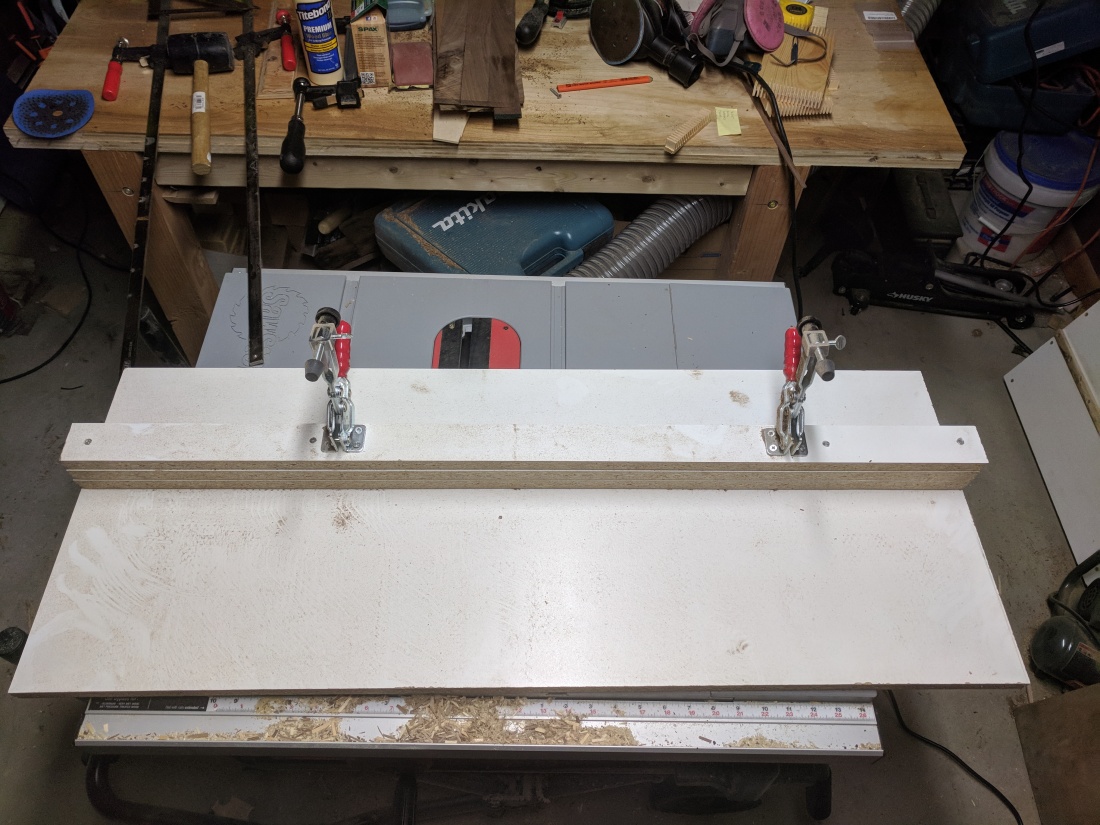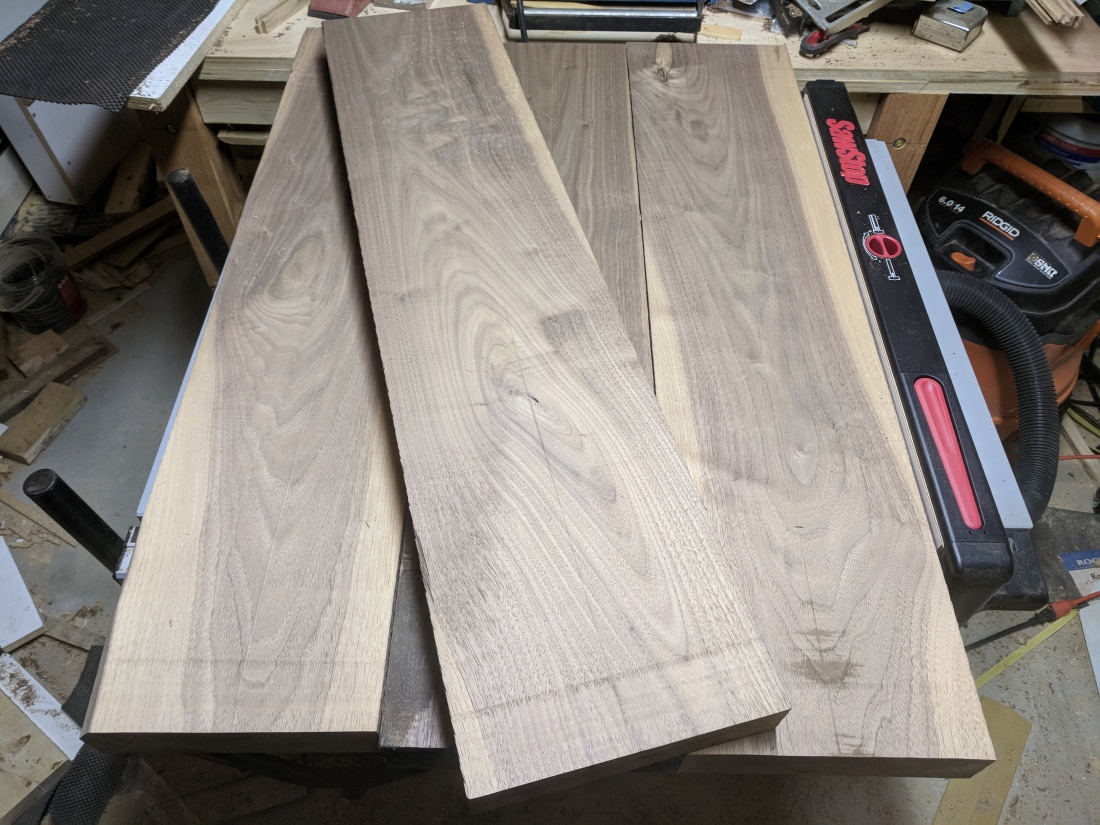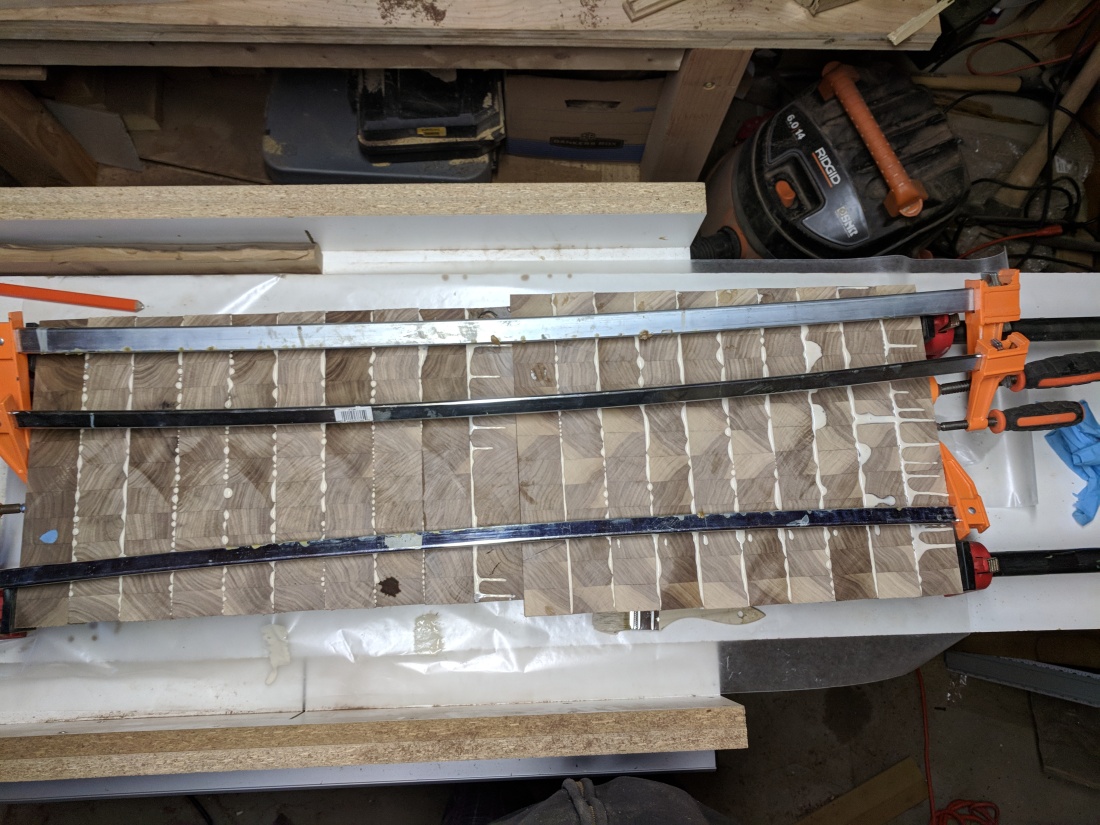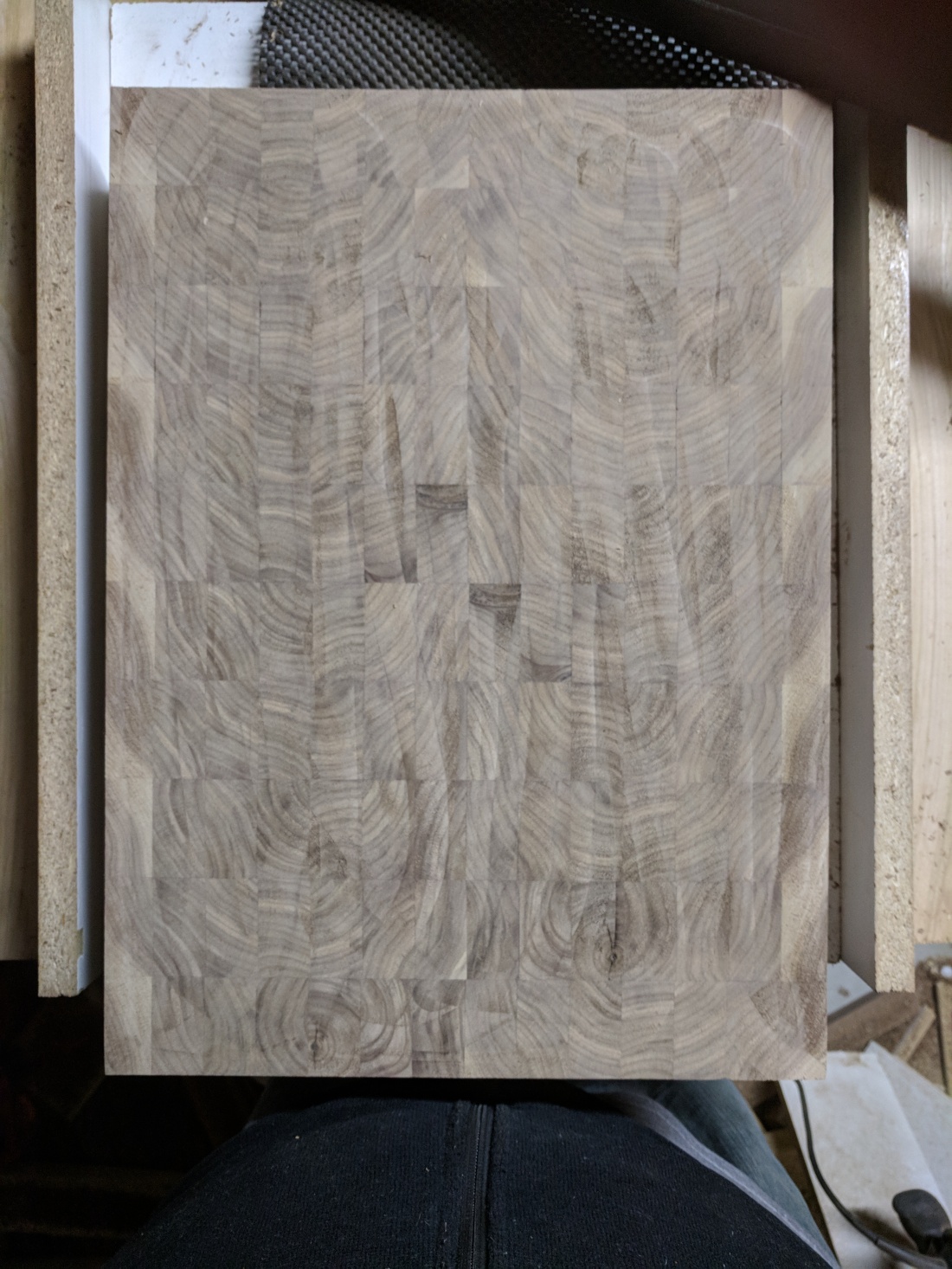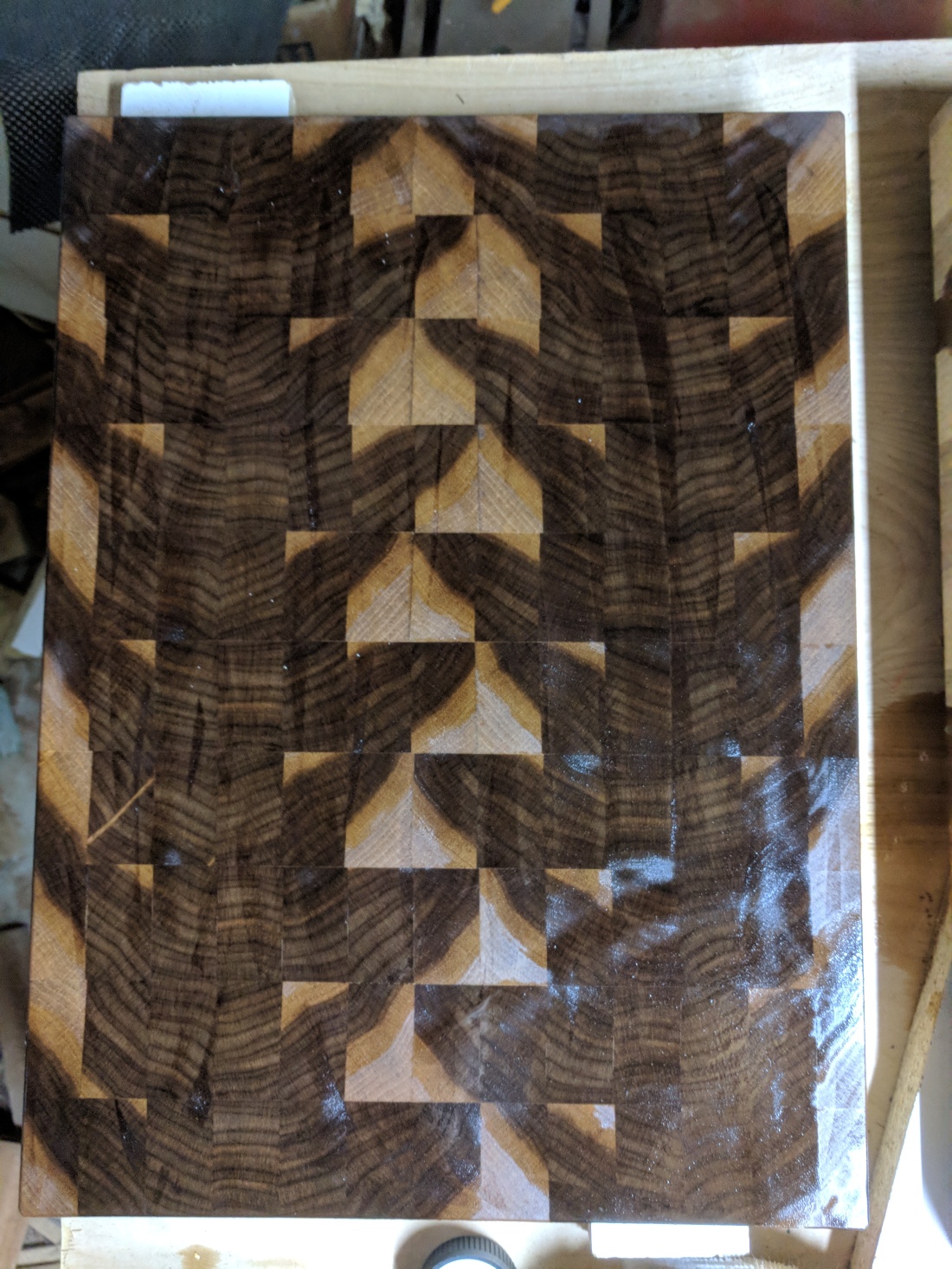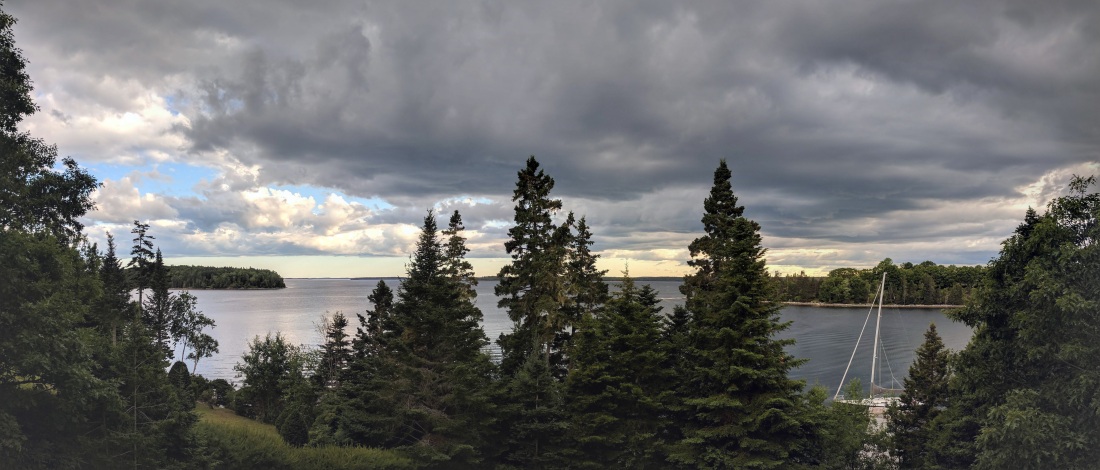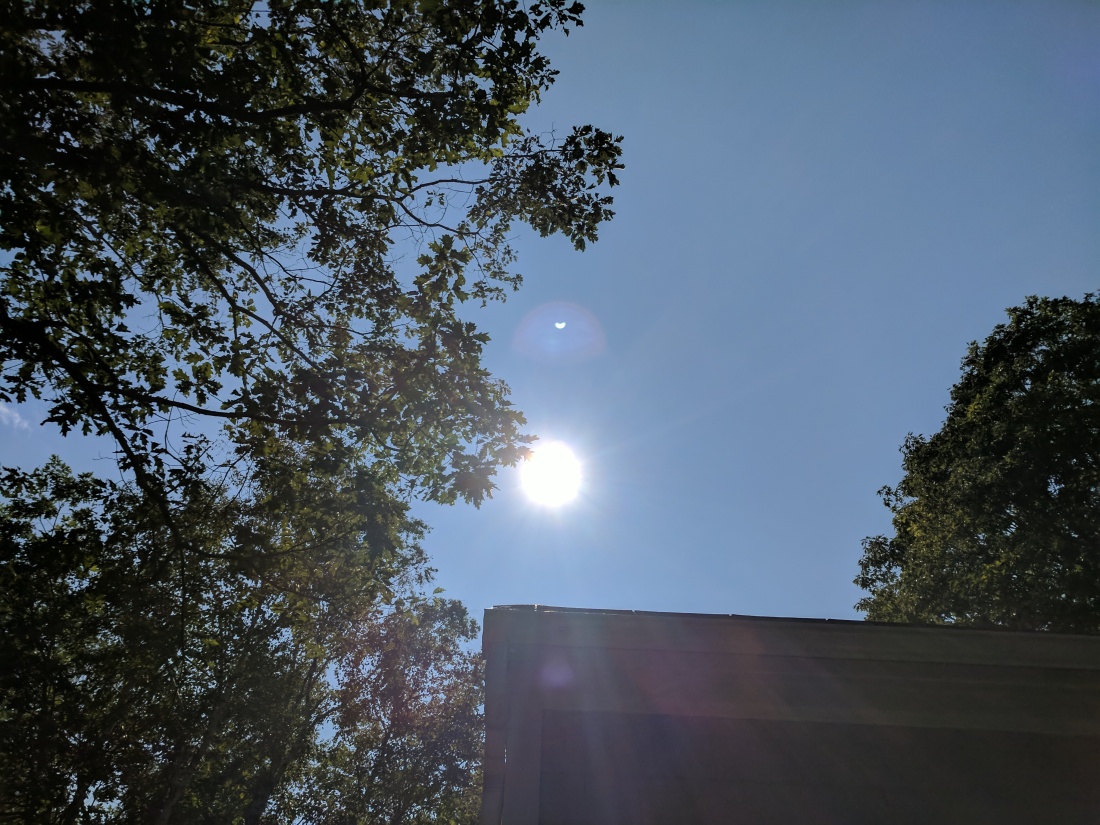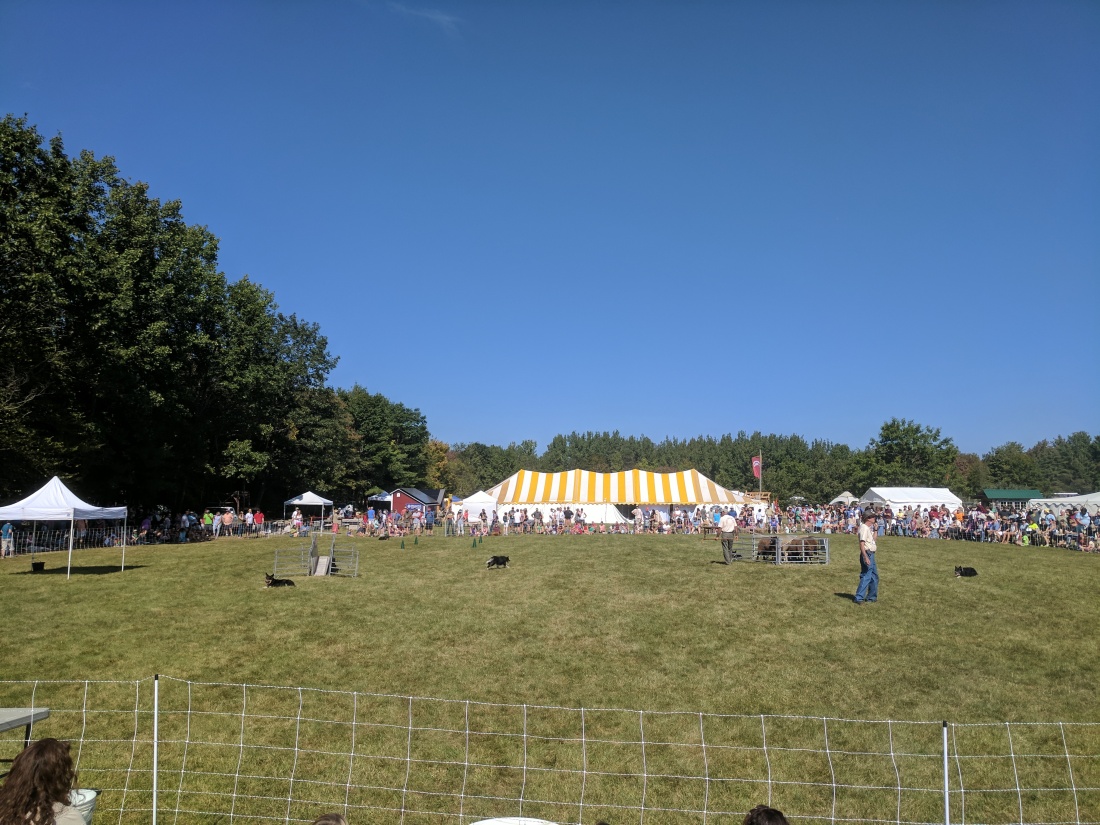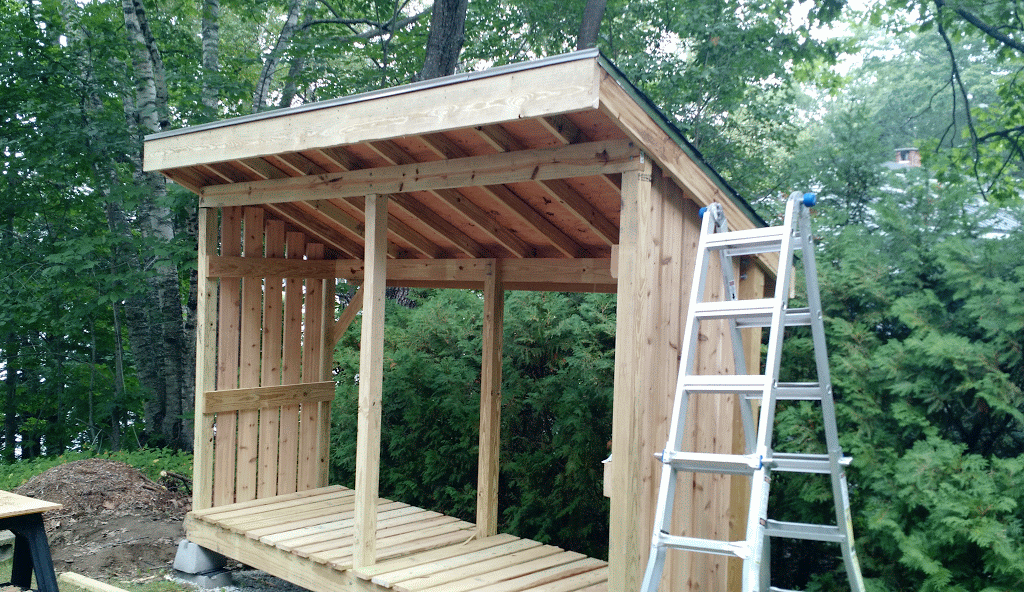Almost twenty years ago, my parents got me the BBC’s full cast audio version of Tolkien’s Lord of the Rings as a Christmas present. I was ecstatic. Like a lot of people, I enjoyed the books as a kid and was curious to see how they’d translate in an audiobook form. More importantly, however, it was hours of entertainment – thirteen hours on thirteen discs, to be precise. Given that I was reverse commuting out of Manhattan at the time by car, this was a veritable goldmine of fresh content.
It meant that I didn’t have to listen to the shriekers on sports radio at all for almost a week, which was glorious.
These days, it’s difficult to appreciate what a content wasteland commutes were at the time. First, because the advent of digital and then streaming music meant that you went from a music collection limited by physical, easily damaged discs to any version of any song ever, at your fingertips. But these days, for me, it’s more because of the explosion in podcast content available.
It took me a lot longer to get into podcasts than it should have, mostly because I was dumb, but these days they’re a staple of my media consumption diet. In the jobs to be done parlance, podcasts take otherwise dead time – time spent commuting, as mentioned, or chopping wood, or working in the shop – and make it productive. Or more productive, at least.
The good news is that your options are basically infinite. From business to history to horror fiction, there’s a podcast for pretty much everyone. The bad news is that discovery, however, remains a pretty major problem. If you’re content with what is essentially the podcast incarnation of Casey Kasem’s American Top 40, you won’t have any problems. And to be fair, many of the shows that make those lists (and there are one or two on here there are probably on there towards the bottom) – shows like 99% Invisible or S-Town – are creative, exceedingly well produced and deserving of the attention they receive.
But if your tastes are a little more specific and a little less mainstream, it can be hard to find new shows – hence the ubiquitous pleas for ratings “so that new listeners can find us.”
My own tastes are undoubtedly a bit eccentric and very unlikely to match yours perfectly, but you might find one or more of the following (sorted alphabetically by category) worth a listen – I certainly do.
Enjoy.
Baseball: Effectively Wild

It’s embarrassing to admit this, but something like a quarter of the podcasts I subscribe to are about baseball. Maybe a third. Anyway, they run the gamut. Some are hosted by local writers or media outlets, others MLB itself. But the show that best balances relevance for a wider audience while being entertaining and informative is probably the current incarnation of Effectively Wild. It’s nerdy and stat-oriented, but covers the game with a critical eye. Episode 1165 with Jeff Passan, as but one example, is a must listen if you care about the game itself.
Business: Postlight
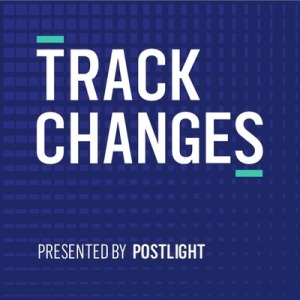
As long as I’m confessing my podcast subscription sins, I should acknowledge that for someone who works in an industry where there’s a podcast for literally every subject, I listen to very few technology podcasts. Part of it is a format thing: a lot of these are panel type shows, which aren’t my favorite. But a lot of it is that given that I spend most of my day immersed in industry news and analysis, it’s nice to take a step back. Postlight’s Track Changes show, however, is an exception to this rule. It’s a great show run by founders Paul Ford and Rich Ziade, and while they’ll occasionally rant on subjects such as their hate for LinkedIn, they have a remarkable and diverse assemblage of talent come through their studio to talk about aspects of technology I don’t hear anywhere else.
Fiction: Magnus Archives
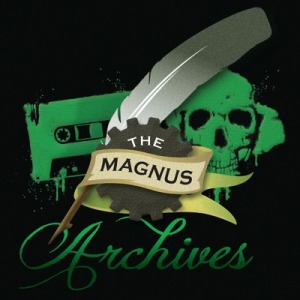
There are a great number of fictional podcasts out there, with more arriving by the day. As with most published fiction, the quality of these varies, whether it’s the production or the writing. The most common trap that series fall into is one familiar to fans of Lost or The X-Files: the writers, not having a predetermined ending in mind, get themselves so tangled up narratively speaking that they can’t extricate themselves. One of the best currently going is a little show out of the UK called The Magnus Archives. The episodes are ostensibly stand alone horror vignettes, but if you stick with it a narrative emerges. More importantly, a cohesive narrative, one that is consistent with the individual episodes, and one in which the writers clearly have thought everything through ahead of time. If you grew up reading Stephen King short stories, you’re likely to enjoy this show.
Ghost Stories: Spooked

If you need straight up ghost stories told by real people – for Halloween, maybe – the Snap Judgment produced Spooked is your huckleberry. The quality of the stories varies pretty widely, but the natural, “regular person” deliveries definitely gives these a bump.
History: Slow Burn

With apologies to perennial favorites – but already massively popular – history shows like Dan Carlin’s Hardcore History or Mike Duncan’s Revolutions, my favorite new history podcast is one with a subject of more recent vintage. Slow Burn is produced by Slate, and is a show that revisits Watergate. Even if you’re familiar with the history, as I (falsely) believed I was prior to listening to the show, you’ll learn something new. The host Leon Neyfakh and team have done an excellent job sourcing original material, and then interviewing the original participants in the affair. In between John Chancellor segments from the NBC Nightly News are interviews with people such as Bob Woodward, Dick Cavett, and Leslie Stahl. This is one of the podcasts I most look forward to listening to, even if the events – such as those covered in the episode “Why Did So Many People Stand With Richard Nixon For So Long?” – are sadly relevant today.
Home Improvement: Fine Homebuilding

If you spend any time working on your house, this show is for you. The three hosts discuss everything from tool reviews and recommendations, thoughts on various building materials, recommended construction approaches and even field questions from the audience. It’s not fancy, and it’s definitely geared towards people with some familiarity with terminology, but I’ve gotten quite a bit out of it.
Media: Recode Media with Peter Kafka

I’m not much for media watching in general, except in cases where it reads on other concerns of mine such as politics or the technology industry, but this show is worth it for the interviews alone. I skip celebrities ones like Jimmy Kimmel, but Kafka’s interview with Ken Burns, for example, was fascinating. Having the opportunity to hear the documentary filmmaker discuss everything from how the Vietnam documentary was made to why he continues to choose PBS as an outlet educates me on issues and topics I hadn’t realized existed.
National Security: Bombshell

In a perfect world, or even the world a few years ago, podcasts like Bombshell or Lawfare wouldn’t be – at least for me, an ordinary citizen – a must listen. For the world we live in, however, they are. Bombshell in particular has carved out a spot in my top podcasts list, both because it brings me up to speed on issues of national security, foreign relations and military strategy and because it does so in style. Hosted by three highly competent women – and regularly featuring strictly female subject matter expert guests, with an emphasis on the expert – the average show might cover everything from our changing relationship with Pakistan and its impact on the logistical challenges of supplying Afghanistan to high quality bourbon selections. Also? Two thirds of the hosts are stat geeks. It’s sad that the world we live in demands a heightened understanding of the topics covered on this show, but that’s where we are.
Politics: FiveThirtyEight

As with technology podcasts, I have a generally low tolerance for their political counterparts. Some are too strident, others are more opinion than fact and still others are functionally equivalent to powerful sedatives. The FiveThirtyEight show generally manages to avoid the hot takes common to the genre while remaining fairly objective, fact based and dispassionate – if slightly too contrarian for my taste at times. For me, it’s an opportunity to get a rational take on today’s irrational events, often with a dose of hard polling numbers along with the appropriate caveats about sample sizes or likely regression. If you’re looking for context and an objective take on the political news of the month, day or sometimes, hour, this is a pretty good bet.
Survival: Outside Magazine

This one’s kind of morbid, but I’ve found the Outside Magazine podcast’s Science of Survival series riveting. From being adrift on a surf board out at sea to freezing to death to backcountry falls to being treed by a jaguar, the stories are part adventure story, part cautionary tale and part survival training. If you’ve ever been curious at how the body and the mind handle extreme conditions or injury, this podcast is for you. Many of the shows interviews are excellent as well: Ep. 11 “Doc Parsley Solves Your Sleep Crisis” changed the way I thought about the importance of sleep, for example.


